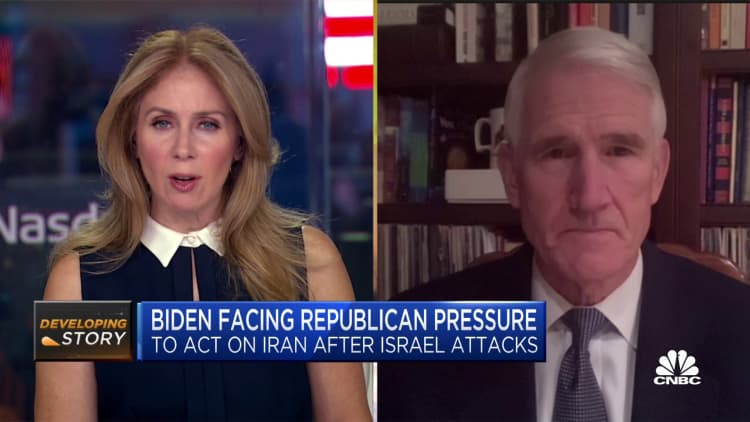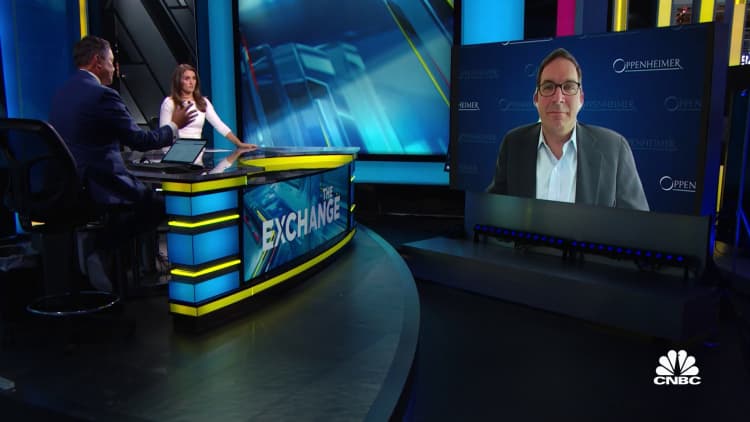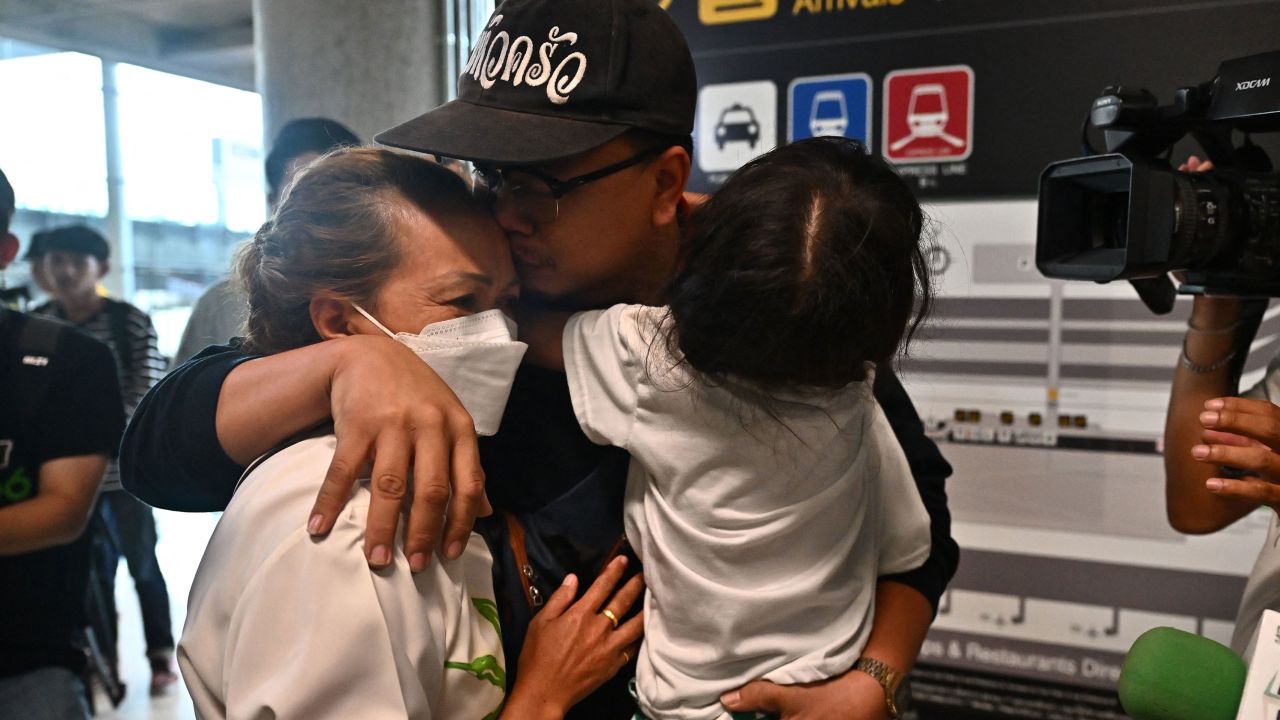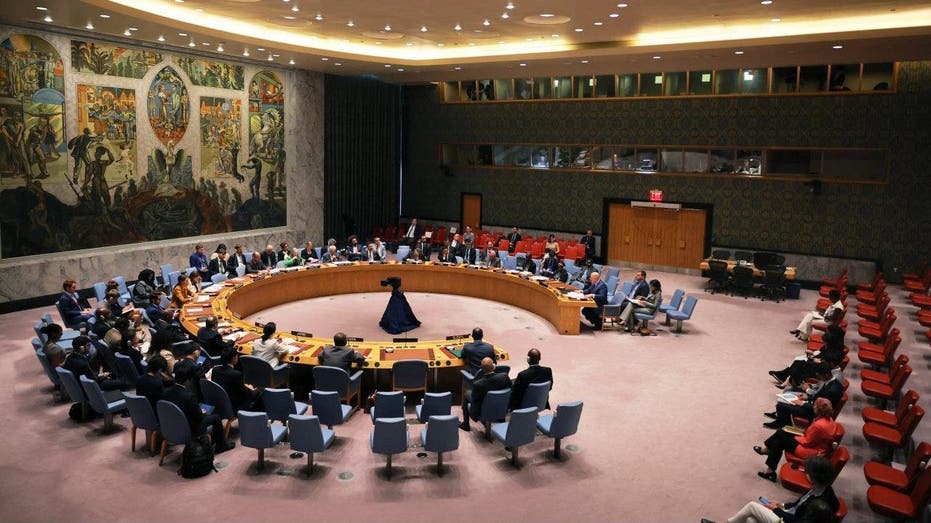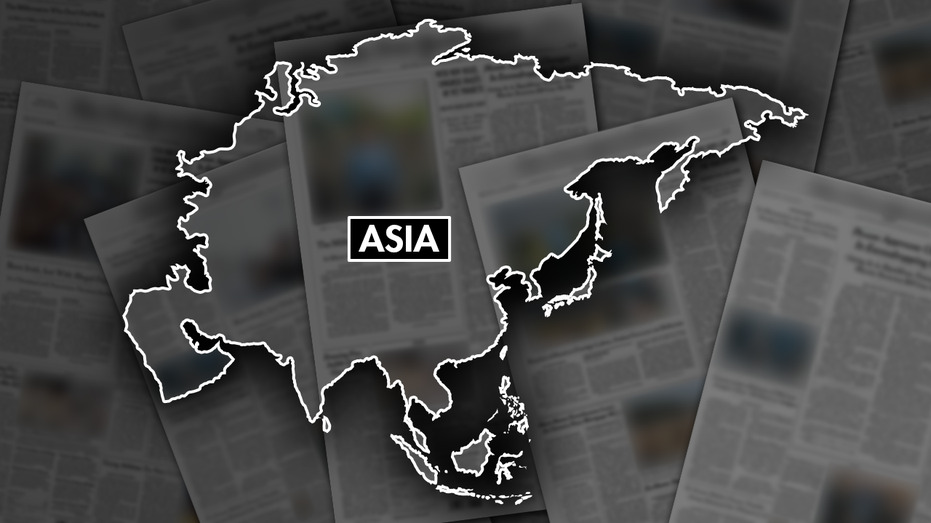US Top News and Analysis
Regional banks will be in focus in the week ahead as traders head into the thick of third-quarter earnings season. The corporate reporting season is off to a solid start with results on Friday from Citigroup , JPMorgan Chase and Wells Fargo that were better than expected. But traders will be looking to regional banks for signs of weakness that could work their way through the broader economy. “I want really some indication as to whether the regional banking crisis of last March has really ended,” Komal Sri-Kumar, president at Sri-Kumar Global Strategies. “I don’t think so.” Wall Street is still contending with the fallout after the failure of Silicon Valley Bank (SVB) and others earlier this year drove concern for the broader sector. The SPDR S & P Regional Banking ETF (KRE) is down 30% in 2023. Regional bank earnings are also expected to be a weak point this season. Of all 11 S & P 500 sectors, the banking sector is expected to post the third-highest earnings growth rate in the third quarter on a year-over-year basis, with a rise of 4%, FactSet’s John Butters wrote heading into the reporting period. But a closer look into the sector’s sub-industries showed that regional banks are anticipated to have tumbled by 15% last quarter. “So, there are various ramifications to watch in terms of bank earnings,” Sri-Kumar said. All this is happening while traders continue to try to make heads or tails out of a raft of mixed economic signals that could point to a year-end rally, or a recession down the line. On Friday, the S & P 500 was headed for a lower close following a weaker consumer sentiment report. But the broader market index and Dow Jones Industrial Average were headed for weekly gains. Pressure from higher yields Part of what’s pressuring regional banks is Treasury yields reaching multiyear highs, which raises the cost of borrowing for names in an already beleaguered sector. Traders parsing through regional bank earnings will pay special attention to signs of narrowing net interest margins (NIM). NIM is the difference between what a bank earns on its assets and what it pays on its liabilities. They’ll also be watching for signs of a deposit flight as short-term Treasurys that can now generate returns of 5.5% or more compete for capital, according to Sri-Kumar. That means banks will have to raise interest rates to keep deposits — another factor that would weigh on earnings. Even larger companies could feel the heat. While earnings for Citigroup, JPMorgan Chase and Wells Fargo on Friday came in broadly positive, some of the commentary from management spoke of other signs of weakness. JPMorgan Chase CEO Jamie Dimon warned Friday that this could be “the most dangerous time the world has seen in decades” — citing the impact that the war in Ukraine and the Hamas-Israel conflict could have on food and energy — even as the investment bank delivered strong profits for the third quarter. A slew of regional banks are posting results Wednesday, including Northern Trust , U.S. Bancorp , M & T Bank and Citizens Financial Group . Of the larger banks, Bank of America and Goldman Sachs are set to report on Tuesday, while Morgan Stanley reports Wednesday. Earnings season underway Many investors anticipate that the third-quarter earnings season will be alright. Third-quarter earnings for the S & P 500 are expected to have fallen 0.3% on a yearly basis, according to FactSet’s Butters. While that would mark the fourth straight quarter of declines, it would also be the most narrow of the recent string of losses. Some investors are optimistic that a stronger-than-expected earnings season could be just the push stocks need to rally toward year-end, as they leave behind the question of further rate hikes from the Federal Reserve. “Companies have done a really good job of managing higher costs,” said Nancy Tengler, chief investment officer at Laffer Tengler Investments. “And so, I think, at least the companies that we own, we’re pretty optimistic that they’re going to deliver in-line or better than expected earnings and margins.” Others say this earnings season will matter little as expectations have already come down so much. However, they plan to parse through earnings results for more signs of how the consumer is holding up in the face of persistent inflation, as they weigh the likelihood of a downturn on the horizon. “I do expect that we will enter a recession here in the next few months,” said Lauren Goodwin, economist and portfolio strategist at New York Life Investments. “Earnings beats are meaningless, but if I’m seeing companies saying ‘actually, costs or totally manageable,’ … or if topline revenue were to start going back up, then I would think okay, maybe the corporate environment is better than I expected. And those indicators of ‘we’re moving closer to recession,’ for the market, would be even further away.” “Everybody’s very focused on the consumer because that’s the last economic domino to topple, and I think that’s appropriate, but we’ll probably get our signals first from the corporate sector,” Goodwin added. Week ahead calendar All times ET. Monday, Oct. 16 8:30 a.m. Empire State Index (October) Earnings: Charles Schwab Tuesday, Oct. 17 8:30 a.m. Retail sales (September) 9:15 a.m. Capacity utilization (September) 9:15 a.m. Industrial production (September) 9:15 a.m. Manufacturing production (September) 10 a.m. Business inventories (August) 10 a.m. NAHB housing market index (October) Earnings: Johnson & Johnson , Bank of New York Mellon , Bank of America , Lockheed Martin , Goldman Sachs Group , Prologis , J.B. Hunt Transport Services , Omnicom Group , United Airlines Wednesday, Oct. 18 8:30 a.m. Building permits (September) 8:30 a.m. Housing starts (September) Earnings: Northern Trust , U.S. Bancorp , Elevance Health , M & T Bank , Citizens Financial Group , Procter & Gamble , Abbott Laboratories , Morgan Stanley , State Street , Discover Financial Services , Equifax , Las Vegas Sands , PPG Industries , Steel Dynamics , Tesla , Zions Bancorporation , Netflix , Kinder Morgan , Lam Research , Crown Castle Thursday, Oct. 19 8:30 a.m. Initial claims (Week ended Oct. 14) 8:30 a.m. Philadelphia Fed index (October) 10 a.m. Existing home sales (September) 10 a.m. Leading indicators (September) Earnings: Blackstone , KeyCorp , AT & T , Truist Financial , Alaska Air Group , Fifth Third Bancorp , Genuine Parts , American Airlines Group , Marsh & McLennan , Philip Morris International , Union Pacific , Freeport-McMoRan , Intuitive Surgical , CSX Friday, Oct. 20 Earnings: Comerica , Regions Financial , American Express , Huntington Bancshares , Interpublic Group of Cos . — CNBC’s Jesse Pound contributed to this report.


